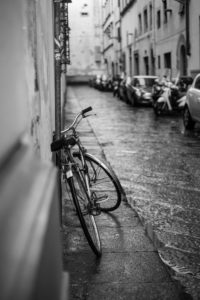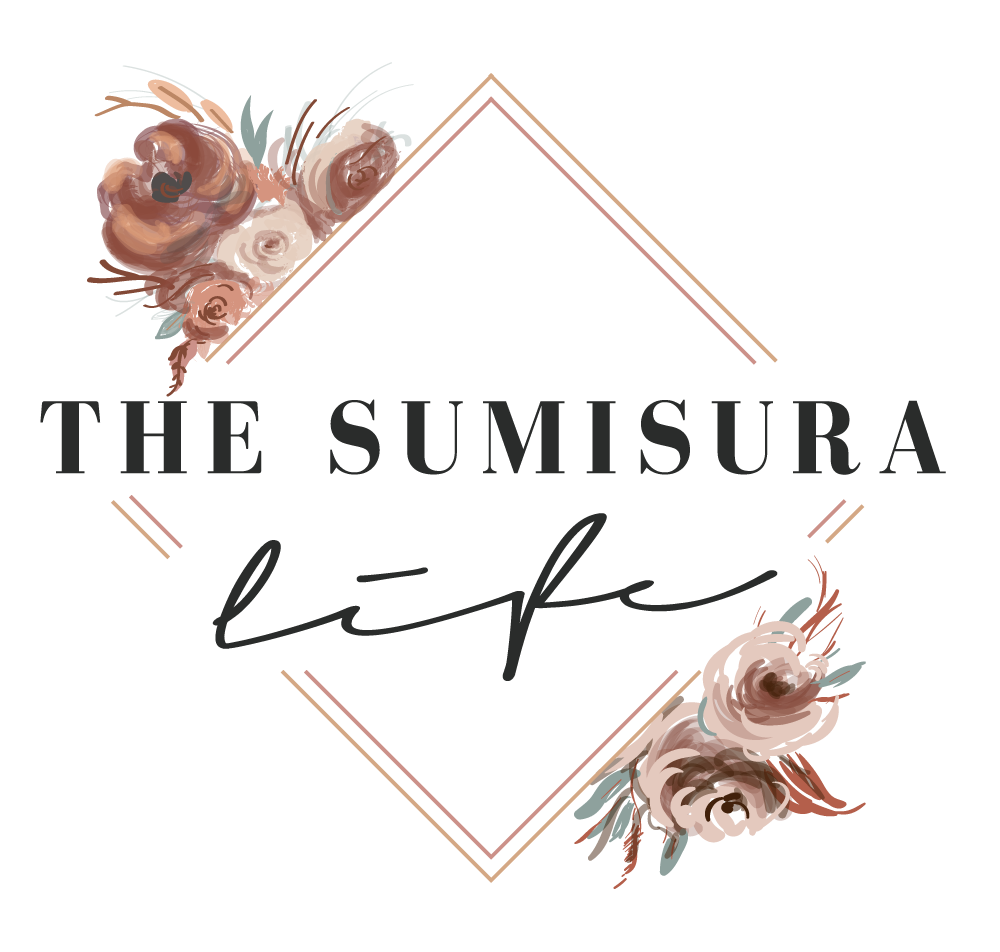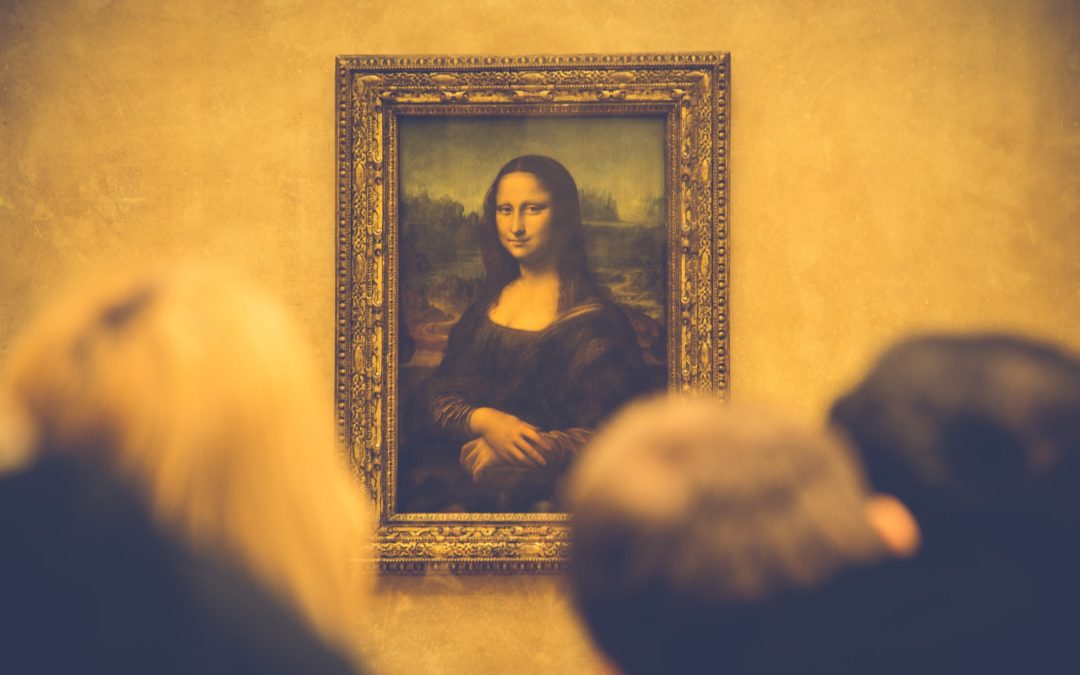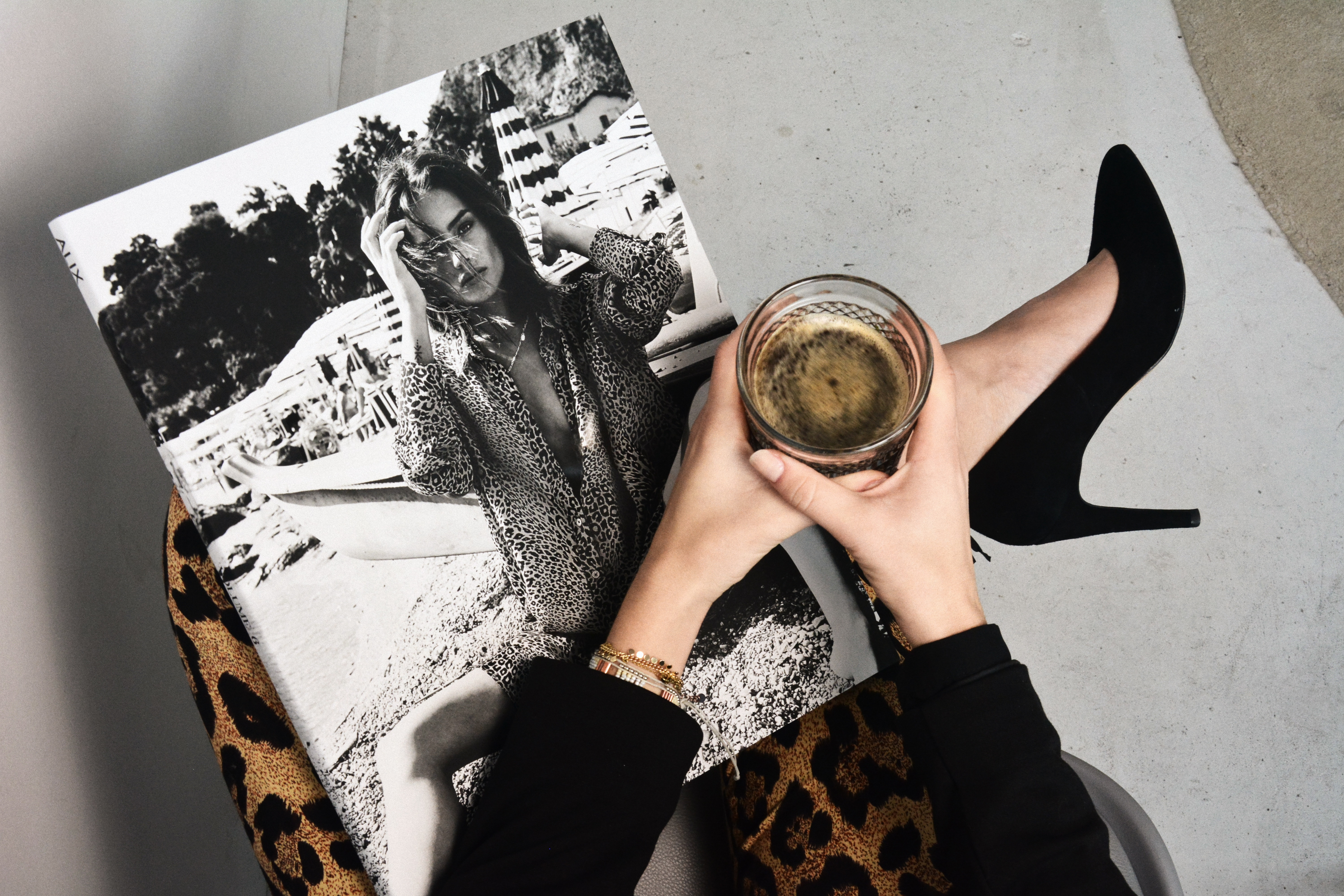
“Only the honest soul is free. It has its own logic and its own truth” Marc Chagall
For the first edition of The Su Misura Life there is no better advisor, consultant in absentia if you will, than the venerable Leonardo Da Vinci
‘His life should remind us of the importance of instilling, both in ourselves and our children, not just received knowledge but a willingness to question it-to be imaginative and, like talented misfits and rebels in any era, to think different.’
The new biography, “Leonardo Da Vinci” is an enchanting and immersive read by the finest biographer of our time, Walter Isaacson.
Drawing from Leonardo’s Notebooks, which I’d read cover to cover in graduate school, Isaacson gives us a literary work deserving of Leonardo’s legacy as one of the most extraordinary human beings of all time. A true Renaissance man whose most distinguishing trait was his passionate curiosity.
Isaacson’s book wakes us up. It inspires us to observe, question, explore, risk, create, mine everything inside us to become the best version of ourselves, and to do as Leonardo did, ‘apply imagination to intellect.’
His was a life fully lived, a blueprint for the rest of us.
So if, imagine, you are having an aperitivo with Leonardo somewhere in Piazza Santa Maria Novella in Florence, and you asked him for advice on how to lead an extraordinary life, what will he say?
Be curious, relentlessly curious
Seek knowledge for its own sake
Retain a childlike sense of wonder
Respect facts
Procrastinate
To illustrate one of the revelations in this exceptional biography I must refer to the much talked about enigmatic smile of the Mona Lisa. As with all of Leonardo’s works this masterpiece was a marriage of art and science, the fruit of his infinite curiosity, and his belief that life is not about definitive, sharp lines but about mystery and infinite wonders.
‘From his optics studies Leonardo realized that light rays do not come to a single point in the eye but instead hit the whole area of the retina. The central area of the retina, known as the fovea, is best at seeing color and small details; the area surrounding the fovea is best at picking up shadows and shadings of black and white. When we look at an object straight on, it appears sharper. When we look at it peripherally, glimpsing out of the corner of our eye, it is a bit blurred, as if it were further away.”
That’s why when you look at the Mona Lisa from one angle she’s smiling. From the other she isn’t. This is what Leonardo intended.
Thank you Walter Isaacson. I had no idea.



Recent Comments